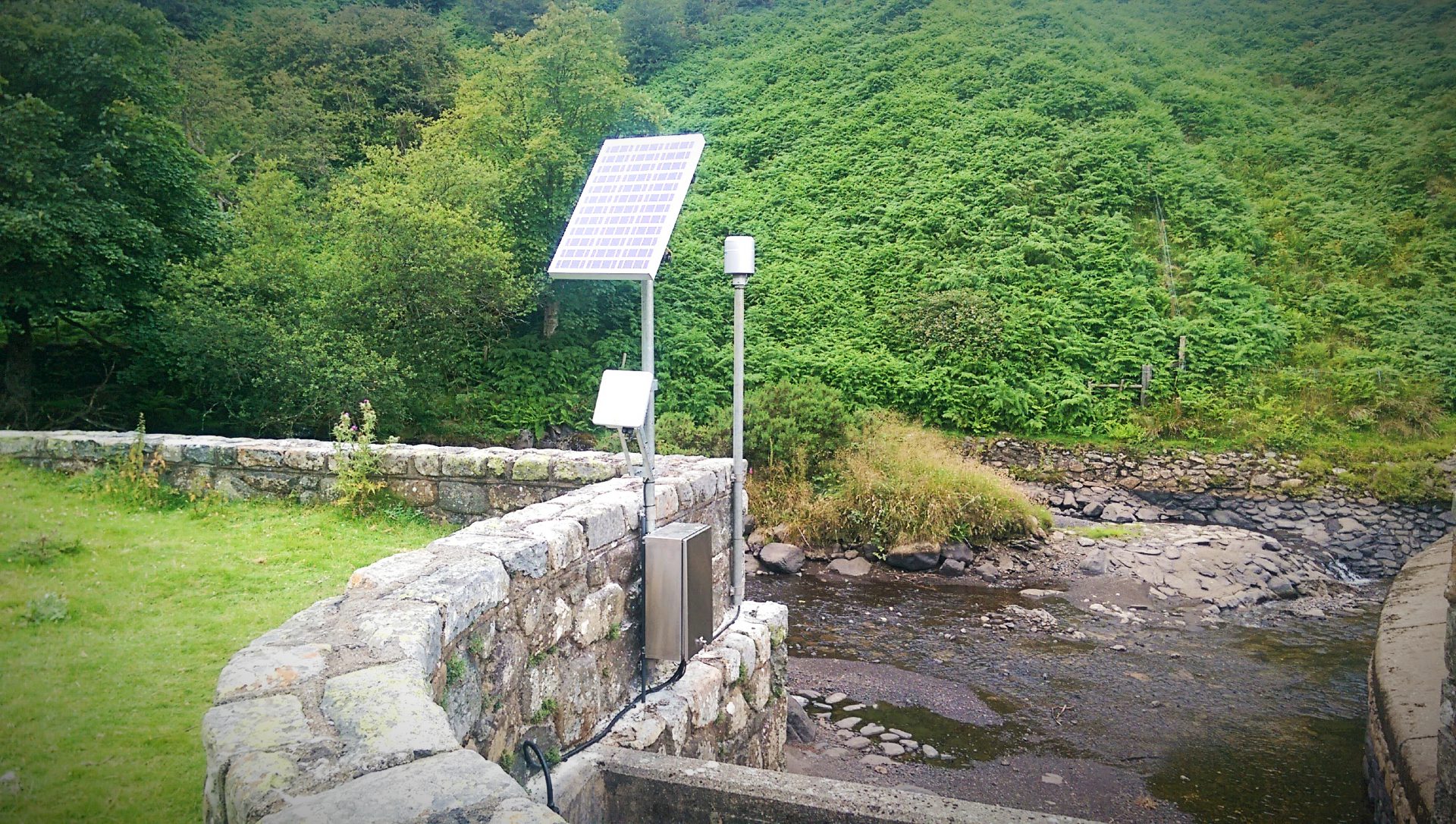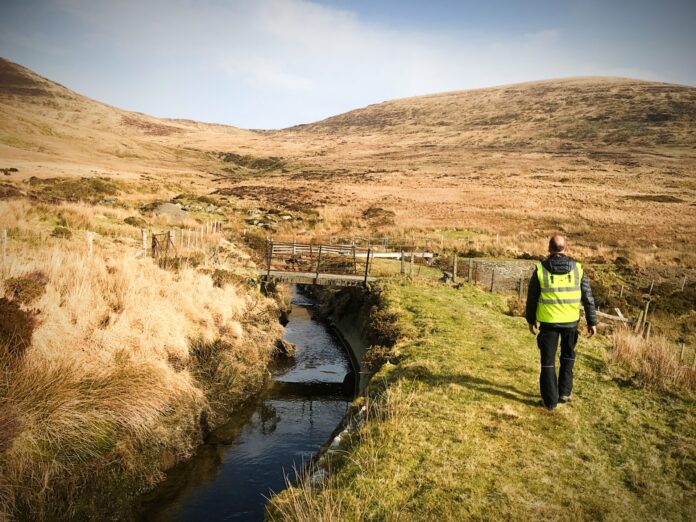RWE has recruited Inmarsat to carry IoT data traffic from its hydroelectric power facilities in Snowdonia national park in northwest Wales over its new ELERA satellite service. The German energy company is among the first public references for Inmarsat’s ELERA system, which launched in trial-mode at the end of last year with unnamed aviation customers, and will rollout in earnest this year with clients also in the maritime and government sectors.
Inmarsat, in the process of being acquired by Viasat in a $7.3 billion deal, to close in the second half of the year, claims the “world’s most diverse portfolio” of mobile telecoms satellite networks, and a global spectrum portfolio at 1525-1646.5 covering the L-band, Ka-band and S-band. The firm is combining its geosynchronous (GEO) and low earth orbit (LEO) satellites with terrestrial 5G, as an integrated solution called ORCHESTRA.
ELERA is being presented as a “springboard for innovation… on land, at sea and in the air”, and the “the ideal framework for satcom IoT at scale”. Inmarsat is promising connectivity speeds “up to 1.7Mbps” and smaller and lower cost terminals. Carrier aggregation will be incorporated into ELERA for the fastest L-band speeds in the market, it reckons — “far outstripping the capabilities of any other worldwide L-band network”. RWE is a first test case.
The firm, the largest electricity generator in Wales, went first to critical IoT provider Ground Control. Ground Control emerged in 2019 after UK M2M platform provider Wireless Innovation acquired two specialist IoT outfits: UK satellite IoT device maker Rock Seven and US satellite systems reseller Ground Control. The latter’s brand was retained, and used for the new UK-headquartered business, specialising in satellite and cellular IoT systems for critical industry.

The challenge for RWE, as Inmarsat retells it, is Snowdonia is wet, with significant rainfall, and well-suited for harnessing water to generate electricity; but the weather is also unpredictable and the region, protected by national park status and subject to strict planning rules, is remote. As climate change increases extreme weather and flooding in the region, hydro power becomes more plentiful, potentially, but also raises the risk of landslides and spillways.
Inmarsat said RWE needed an IoT monitoring solution at its remote hydro plant in Snowdonia to manage the water levels and flow rates in its catchment areas “to perfection” and thereby to maximise energy production. The business case is to optimise existing infrastructure, whilst also investing in new clean energy technologies; the bigger picture is to drive renewable energy, especially as natural gas prices soar, and to spur the green economy.
RWE installed automated IoT-geared hydrology stations at the site in 2016. But it was unable to get the data out, because planning restrictions precluded new comms infrastructure. Instead, for the last five years, it has sent meter readers into the mountains to take measurements, a process described as “time-consuming, costly, inaccurate and potentially dangerous”. So RWE turned to Ground Control, which roped in Inmarsat.
Ground Control worked with OTT Hydromet and ASTECH Engineering Services to develop and deploy four solar-powered hydrological stations across RWE’s catchment areas. Each station measures and records water levels, precipitation, air and water temperatures and relative humidity. The data is stored at the edge in 15-minute time loops, and transmitted every three hours over the ELERA narrowband IoT network.
Reporting schedules are tweaked in line with the weather. Data hits an FTP server at Ground Control’s office in Gloucestershire, in the south of England, where the information is exported in graphs showing water levels and other data trends, and uploaded to the cloud. Staff at the RWE control centre in the industrial village of Dolgarrog, on the Snowdonia borders, have access to the data. The service keeps monthly data usage per site to 2MB.
RWE has four hydrology stations in Snowdonia. It has plans to add another eight. A statement said: “Data gathered by the hydrology stations supports RWE to generate power most efficiently by collecting as much water as possible into leats and waterways, to then flow into the lakes and reservoirs. Once there, RWE can use this water in its ongoing power-generating operations.
“Similarly, insights from the data enables RWE to achieve another objective: to reduce water wastage. RWE can plan to carry out maintenance [of] the waterway system while weather conditions are dry. This is important because having to do maintenance when conditions are wet and waterways are in use, means diverting water away from the area being worked on – water that would otherwise go into lakes and reservoirs to be used for generating power.”
John McNab, operations and maintenance engineer at RWE UK, commented: “The information [from] our BGAN [broadband global area network] hydrology stations lets us know exactly what’s happening in our catchments, so we can take the right decisions at the right time to make as much renewable energy as possible. Insight into weather conditions helps us plan to do our maintenance at the right time too.
“It also lets us know whether it’s safe for staff to venture out to do checks and maintenance. In such a changeable and challenging environment like Snowdonia, the real-time data lets us respond quickly and effectively to any changes in the water levels. We can maximise electricity production, reduce water waste and minimise the threat of damage through overspill to the landscape and our own infrastructure, while keeping our staff safe and secure.”
RWE claims to be “one of the world’s leading renewable energy companies”. The company’s renewable energy operations include five hydroelectric power stations in the Snowdonia National Park in northwest Wales. It is developing around 150 MW of innovative onshore wind projects including community shared ownership, with plans also to extend four wind projects.

